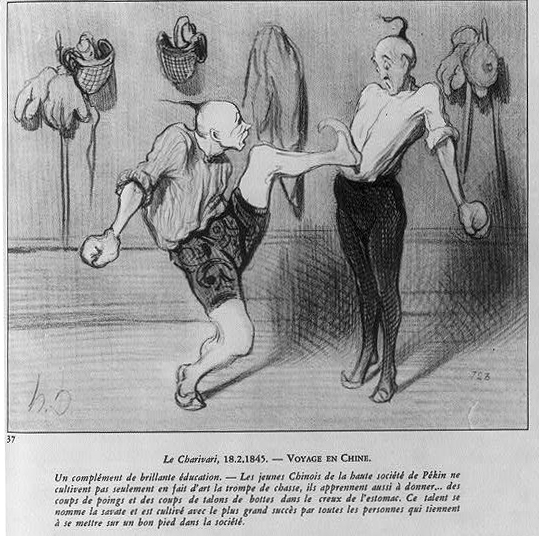- Originally published on the Bartitsu.org site on Sunday, 20th November 2011
A day of defensive tactics, including Bartitsu, the lost martial art of Sherlock Holmes, will be held on Sat. December 10 to benefit the Christopher’s Smile charity. Instructors will include Stewart McGill, founder of Urban Krav Maga and others from the Kapap England organisation.
Support this worthy cause by having a go at a Victorian Martial Art, the fighting styles of Bourne and Bond and much much more. Open to all, no previous training required.
Cost: £25 in advance or £30 on the day.
Dress Code: Victorian or Steampunk (Google it !!!)
Contact: (UK) 0781 739 2320 with any queries or to secure a place.
Venue: The Warren (Bromley, UK)
Date/Time: Saturday, December 10, 2011, 11 am-6:00 pm









